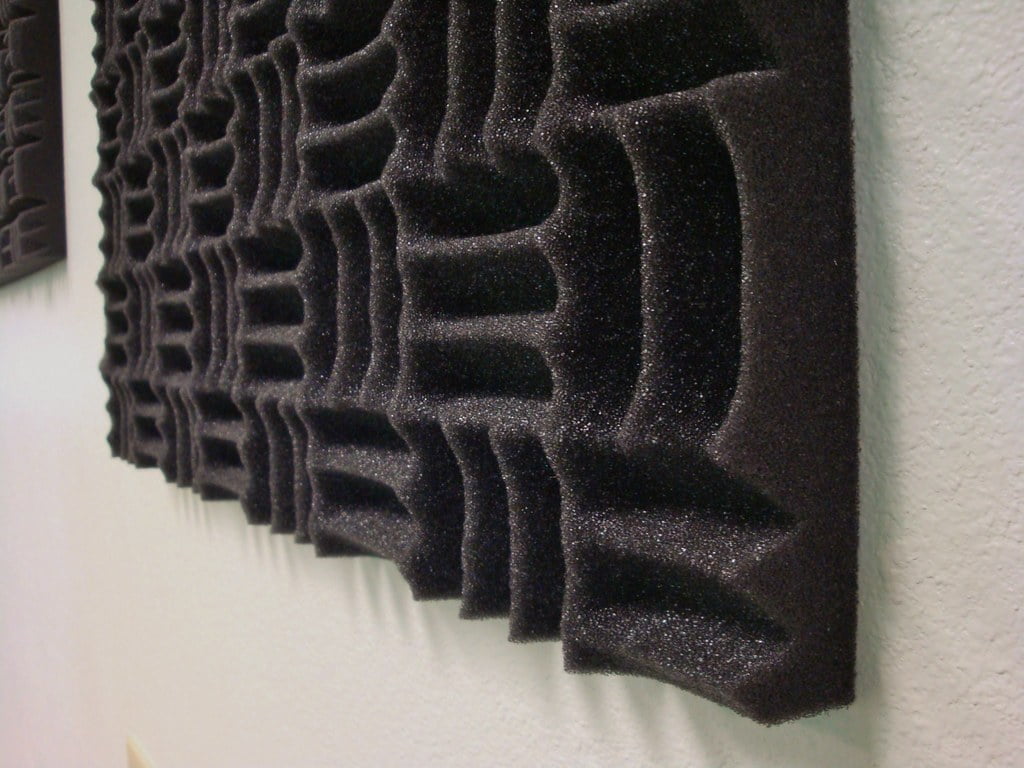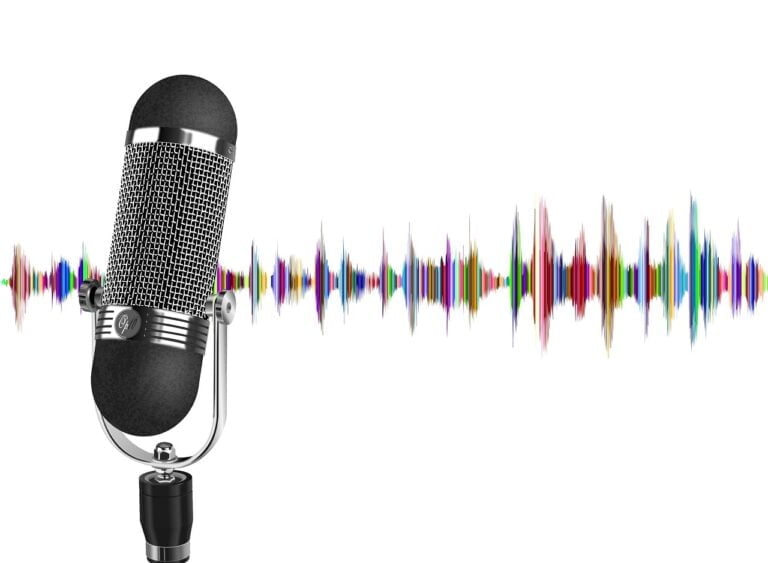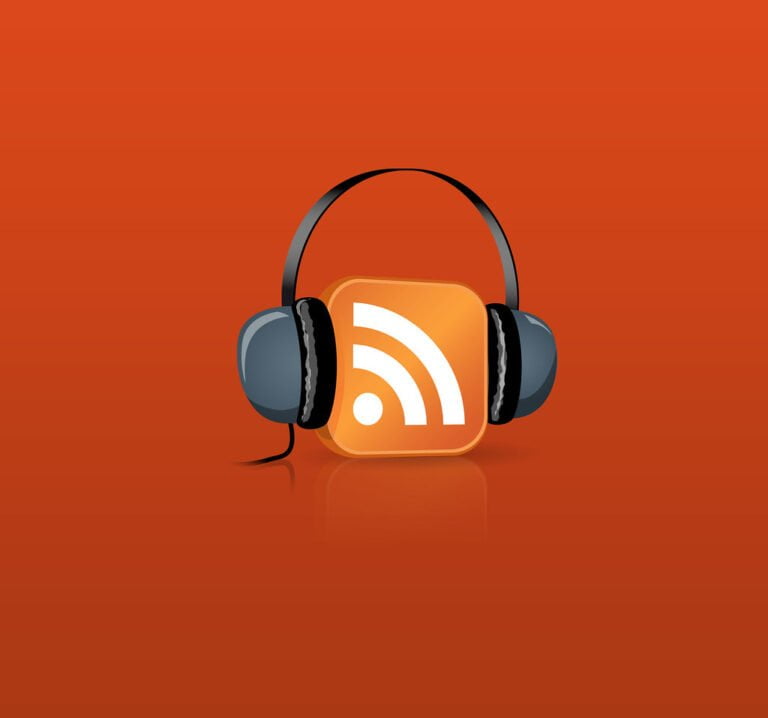Podcast Studio Soundproofing: Reducing Background Noise and Distractions
Hey there! Ready to take your podcasting game to the next level? Well, get ready to dive into the world of studio soundproofing! We all know that achieving that professional sound quality can be a bit tricky, especially when you're dealing with annoying background noise and distractions. But fear not, my friend! In this article, we're going to walk you through the steps of identifying those pesky noise sources, showing you some awesome DIY techniques, and even exploring some cool acoustic treatment solutions.
We are supported by our audience. When you purchase through links on our site, we may earn an affiliate commission, at no extra cost for you. Learn more.
Now, whether you're a DIY enthusiast or someone who prefers professional help, we've got your back! We'll provide you with practical tips and innovative solutions to help you create a distraction-free environment for your podcasting success. Trust us, you won't need to worry about interruptions ruining your flow anymore!
So, let's get started, shall we? First things first, we'll help you identify those common noise sources that can be a real pain. Once we've done that, we'll show you some super easy and effective DIY techniques that you can use to soundproof your studio. And hey, even if you're not the handiest person around, don't fret! We'll also explore some professional acoustic treatment options that can make your life a whole lot easier.
Picture this: your podcasting space transformed into a sanctuary of silence, where the only sounds you hear are your own magical voice and the sweet melodies of your guests. Sounds dreamy, right? Well, we're here to make that dream a reality!
So, let's kick those distractions to the curb and create a podcasting paradise together. Say goodbye to unwanted noise and hello to a professional sound quality that will leave your listeners in awe. Trust us, your audience will thank you for it!
Now, grab a cup of coffee (or tea, if that's your thing), and let's embark on this soundproofing adventure together. Ready? Let's go!
Importance of Soundproofing
To ensure a professional and uninterrupted recording experience, it is essential for you to prioritize soundproofing in your podcast studio. Soundproofing plays a critical role in reducing background noise and distractions, allowing your audience to fully focus on your content. By creating a controlled acoustic environment, you can eliminate unwanted external sounds such as traffic, neighbors, or appliances, ensuring a clean and crisp audio recording. Soundproofing materials, such as acoustic foam panels, can absorb and dampen sound waves, preventing echoes and reverberations. Additionally, sealing any gaps or cracks in your studio walls and doors can further minimize noise leakage. Investing in soundproofing not only enhances the overall quality of your podcast, but it also demonstrates your commitment to delivering a professional and innovative listening experience to your audience.
Identifying Common Background Noise Sources
You can start by identifying the most common background noise sources in your podcast studio. This step is crucial in order to effectively address and eliminate these sources of distraction. Common background noise sources in a podcast studio may include air conditioning units, fans, computer fans, electrical hum, outside traffic noise, footsteps, and echoes. Air conditioning units and fans can create a constant hum that can be picked up by microphones. Electrical hum is often caused by grounding issues or interference from nearby electronic devices. Outside traffic noise can seep into the studio through windows or thin walls. Footsteps can be a nuisance if the studio is located in a building with high foot traffic. Echoes can occur in rooms with hard surfaces, causing a reverberation effect. By identifying these common noise sources, you can take targeted steps to minimize or eliminate them, ensuring a clean and professional podcast recording.
DIY Soundproofing Techniques
Once you have identified the common background noise sources in your podcast studio, it's time to explore DIY soundproofing techniques. These techniques can help you create a more professional and distraction-free recording environment. One effective method is to use acoustic foam panels. These panels are designed to absorb sound waves and reduce echo and reverberation in your studio. You can easily install them on your walls and ceiling using adhesive or mounting hardware. Another option is to create a DIY sound booth using materials like PVC pipes and moving blankets. This portable booth can be assembled and disassembled as needed, providing a controlled recording space. Additionally, sealing gaps and cracks in your studio walls with soundproofing caulk can help prevent outside noise from entering your recording space. By implementing these DIY soundproofing techniques, you can significantly improve the audio quality of your podcast recordings.
Acoustic Treatment Solutions
For optimal sound quality in your podcast recordings, consider incorporating a few essential acoustic treatment solutions. To minimize echo and reverberation, install sound-absorbing panels on the walls and ceilings of your podcast studio. These panels, made from materials like foam or fabric, will absorb excess sound waves, preventing them from bouncing around the room and causing unwanted reflections. Additionally, placing bass traps in the corners of the room will help control low-frequency sound buildup. These traps are designed to absorb and diffuse bass frequencies, resulting in a more balanced and accurate sound reproduction. Don't forget to cover hard surfaces like windows and floors with thick curtains or rugs to further reduce reflections. By implementing these acoustic treatment solutions, you can achieve a professional and pristine sound for your podcast recordings.
Soundproofing Equipment and Tools
To effectively soundproof your podcast studio, start by acquiring the necessary equipment and tools. One essential tool is the soundproofing sealant, which helps to fill in gaps and cracks in the walls, floors, and ceilings to prevent sound leakage. Another important equipment is the acoustic foam panels, designed to absorb and reduce echoes and reverberations within the room. You can also consider using soundproof curtains or acoustic blankets to minimize external noise entering your studio. Additionally, installing soundproof doors and windows is crucial to create a barrier against outside sounds. Lastly, a soundproof ventilation system will ensure proper airflow while reducing the transmission of sound. With these innovative soundproofing equipment and tools, you can create a professional and distraction-free podcast studio environment.
Professional Soundproofing Services
If you want to ensure optimal soundproofing for your podcast studio, consider hiring professional soundproofing services. These services specialize in providing innovative solutions to minimize background noise and distractions, allowing you to create high-quality audio content. Professional soundproofing services employ technical expertise and state-of-the-art materials to create a customized soundproofing plan for your specific needs. They will assess your studio space and identify areas that require attention, such as walls, ceilings, floors, and doors. These experts will then recommend and install appropriate soundproofing materials, such as acoustic panels, soundproofing foam, and resilient channels, to achieve the desired level of sound isolation. By utilizing professional soundproofing services, you can ensure that your podcast recordings are free from unwanted noise and distractions, providing a seamless and immersive experience for your listeners.
Tips for Maintaining a Distraction-Free Environment
Ensure a distraction-free environment in your podcast studio by implementing these tips. First, invest in high-quality noise-canceling headphones to block out any background noise or distractions. This will allow you to focus solely on your podcasting tasks. Second, set up a designated workspace with minimal décor and distractions. Clear away any unnecessary items that may divert your attention. Third, establish a strict schedule and stick to it. This will help you stay organized and avoid getting sidetracked. Fourth, use technology to your advantage. Utilize productivity apps or software that can help you stay focused and block out any digital distractions. Finally, communicate your need for a distraction-free environment to those around you. Whether it's family members or coworkers, make sure they understand the importance of minimizing interruptions during your podcasting sessions.
Conclusion
In conclusion, effective soundproofing is crucial for creating a distraction-free environment in a podcast studio. By identifying and addressing common background noise sources, utilizing DIY techniques, and implementing acoustic treatment solutions, podcasters can significantly reduce unwanted distractions. Additionally, investing in soundproofing equipment and tools or seeking professional services can further enhance the quality of the studio's soundproofing. By following these tips and maintaining a soundproof environment, podcasters can ensure their recordings are of the highest quality.







